-
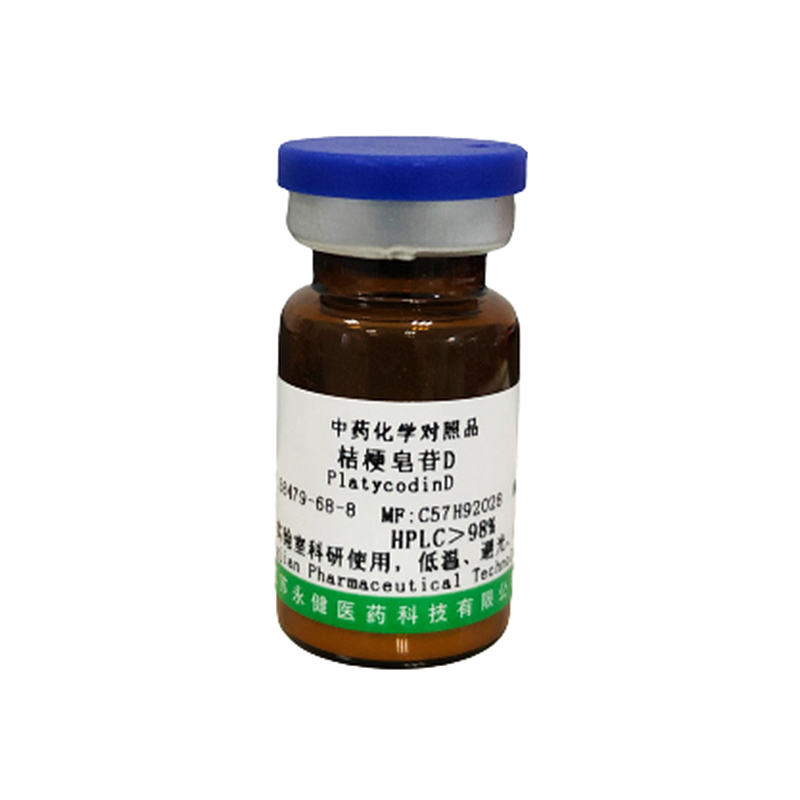
Platycodin D CAS No. 58479-68-8
Platycodon grandiflorum saponin D is a white crystalline powder compound with the chemical formula C57H92O28.
Foreign name: platycodin D
Chemical Formula: C57H92O28 Molecular Weight: 1224.38
CAS No: 58479-68-8 Application: content determination
-

Luteolin-7-O-glucoside; Cynaroside; Luteoloside, Luteolin CAS No.5373-11-5
Luteoloside is a natural flavonoid, which exists in a variety of plants. It has a variety of pharmacological activities, such as anti-inflammatory, anti allergic, anti-tumor and so on. It has the effects of relieving cough, expectorant and anti-inflammatory.
Chinese Name: oxaloside
Foreign name: asiatica
Other name: luteolin
Nature: natural flavonoids
-
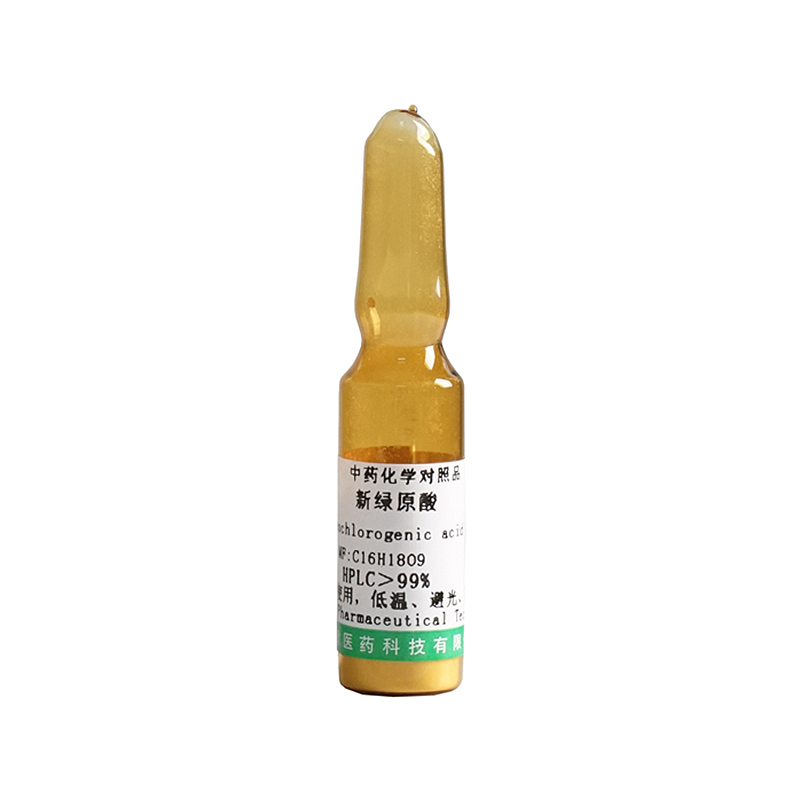
Chlorogenic Acid CAS No.327-97-9
Chlorogenic acid is an organic compound with chemical formula c16h18o9. It is one of the main antibacterial and antiviral active pharmacological components of honeysuckle. Hemihydrate is acicular crystal (water). 110 ℃ becomes anhydrous compound. The solubility in 25 ℃ water is 4%, and the solubility in hot water is greater. Easily soluble in ethanol and acetone, very slightly soluble in ethyl acetate.
-
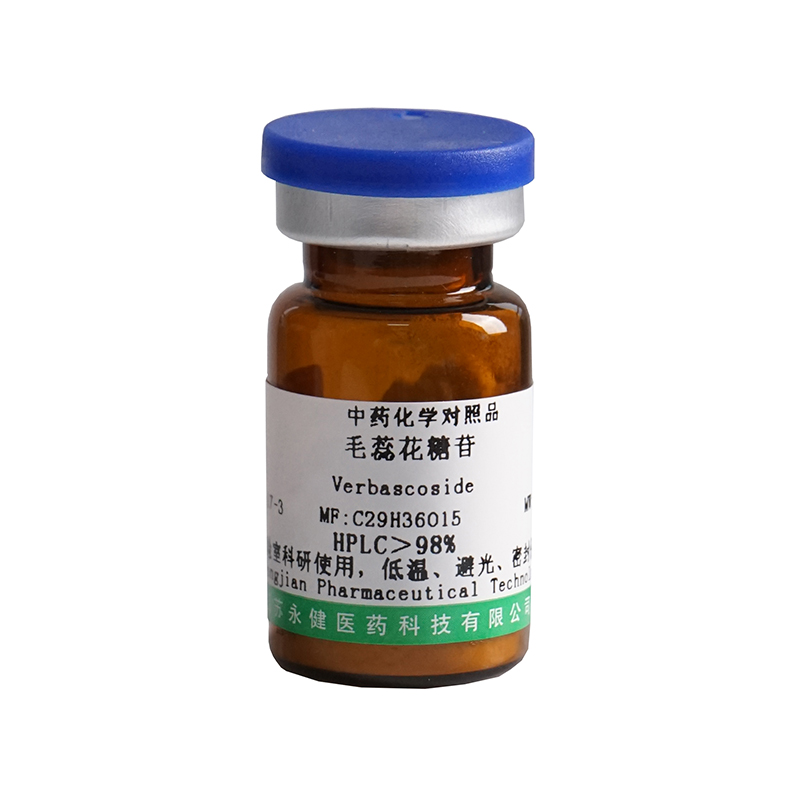
Calycosin-7-glucoside; Calycosin-7-O-β-D-glucoside CAS No. 20633-67-4
Calycosin-7-glucoside is a chemical substance with the molecular formula of c22h22o10
[name] pistil Isoflavone Glycoside
[alias] pistil isoflavone glucoside, pistil isoflavone-7-o- β- D-glucoside [English name] calycosin-7-glucoside, calycosin-7-o- β- English alias of D-glucoside: 3 ‘, 7-dihydroxy-4′ – methoxyisoflavone-7-beta-d-glucopyranoside; Calycosin 7-O-beta-D-glucoside; Calycosin 7-beta-D-glucopyranoside; Calycosin-7-O-beta-D-glucopyranoside
-
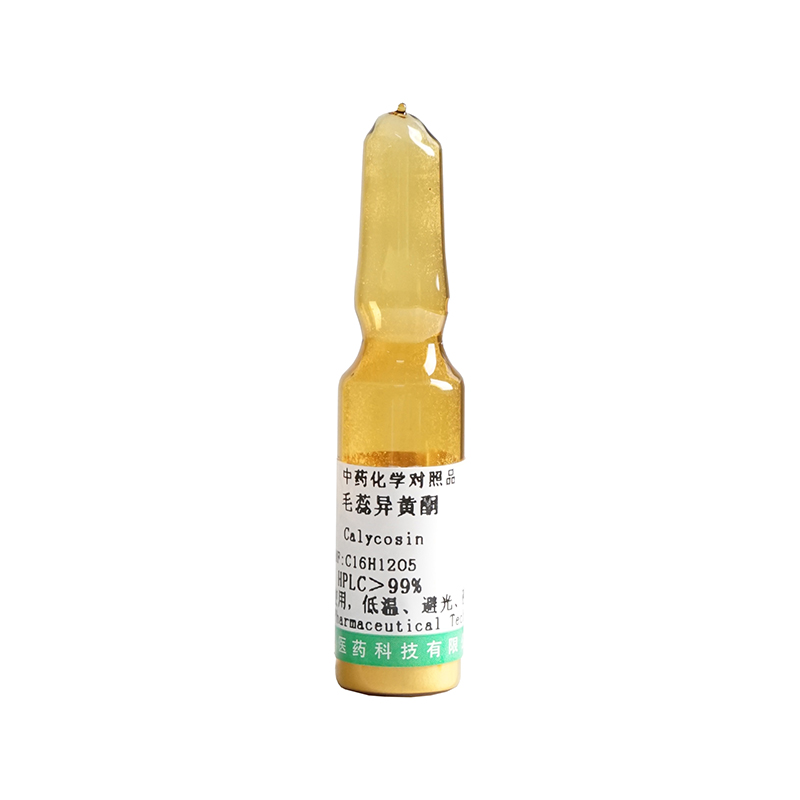
Calycosin CAS No. 20575-57-9
Calycosin;7,3’-dihydroxy-4’-methoxyisoflavone
-

Kaempferide Cas No. 491-54-3
Kaempferol is also known as “camphenyl alcohol”. Flavonoids are one of the alcohols. It was detected from tea in 1937. Most of the glycosides were isolated in 1953.
Kaempferol in tea is mostly combined with glucose, rhamnose and galactose to form glycosides, and there are few free states. The content is 0.1% ~ 0.4% of the dry weight of tea, and spring tea is higher than summer tea. The separated kaempferol glycosides mainly include kaempferol-3-rhamnoside, kaempferol-3-rhamnoside, kaempferol-3-glucoside, kaempferol triglucoside, etc. Most of them are yellow crystals, which can be dissolved in water, methanol and ethanol. They play a certain role in the formation of green tea soup color. In the process of tea making, kaempferol glycoside is partially hydrolyzed under the action of heat and enzyme to free into kaempferol and various sugars to reduce some bitterness.
-
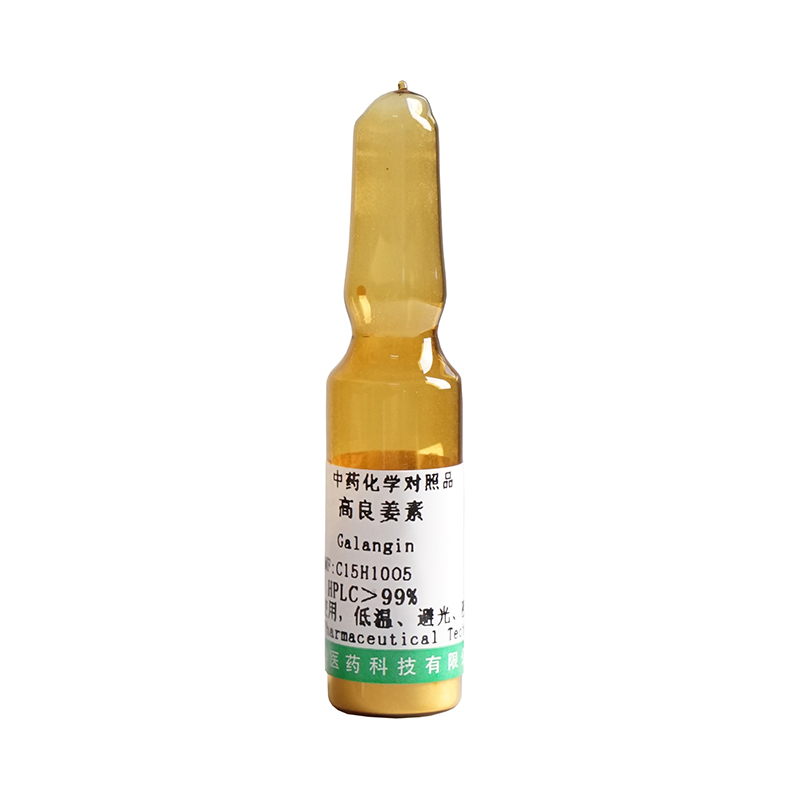
Galangin CAS No. 548-83-4
Galangin,It is the extract from the root of Alpinia officinarum Hance, a ginger plant. The representative plants containing this kind of chemical components include alder and male flower in birch family, Plantain Leaf in plantain family, and union grass in Labiatae family.
English name: galangin;
Alias: Gaoliang Curcumin; 3,5,7 – trihydroxyflavone
CAS No.: 548-83-4
EINECS No.: 208-960-4
Appearance: yellowish needle crystal
Molecular Formula: C15H10O5
Molecular Weight: 270.2369
-
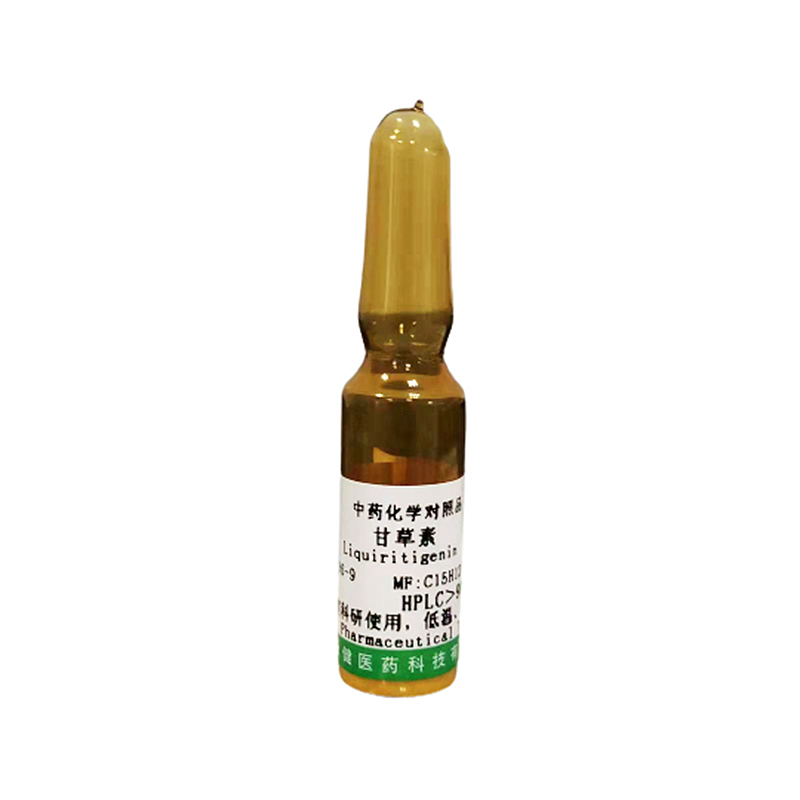
Liquiritigenin / Glycyrrhizin Cas No. 41680-09-5
Liquiritigenin is a sweetener extracted from licorice. It belongs to non sugar natural sweetener, also known as glycyrrhizin. It is suitable for sweetening and seasoning cans, seasonings, candy, biscuits and preserves (Cantonese cold fruits).
English Name: Liquiritigenin
Alias: 7,4 ‘- dihydroxydihydroflavone
Molecular Formula: C15H12O4
Application: low calorie sweetener
Cas No. 41680-09-5
-
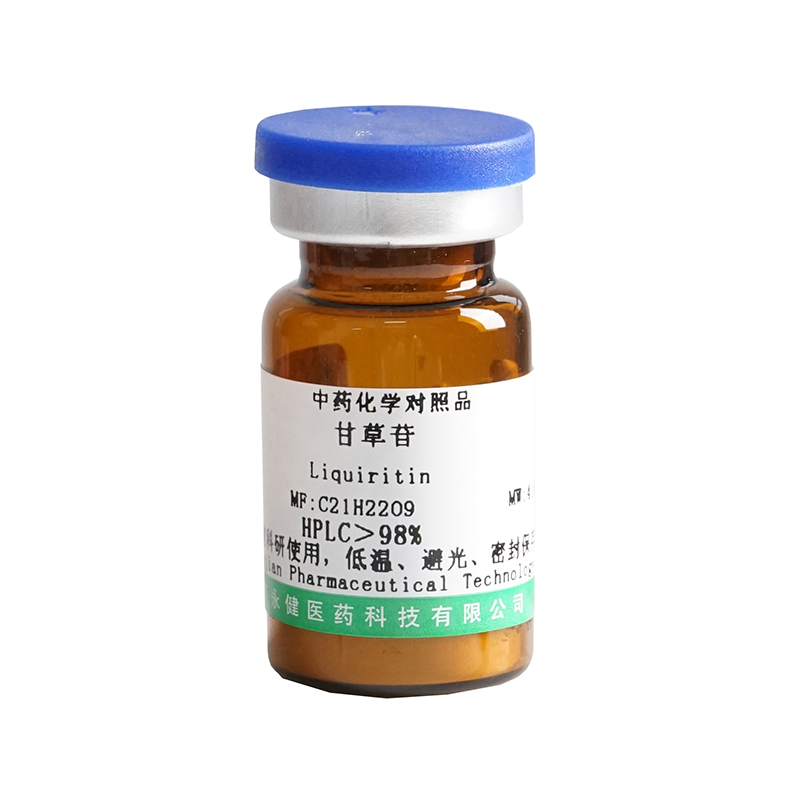
Glycyrrhizin, Liquiritin; Liquiritoside; Likviritin; Liquiritoside Cas No.551-15-5
Glycyrrhizin is an important monomer active component of licorice flavonoids. It has many pharmacological effects, such as anti-oxidation, anti h IV and so on. It can inhibit the ulcer formed by pyloric ligation in rats, and produce morphological changes on ascites liver cancer in rats and Ehrlich ascites cancer cells in mice.
English Name: Liquiritin
Alias: Liquiritoside; Likviritin; Liquiritoside
Pharmacology: antioxidant, anti h IV, etc
Cas No.551-15-5
-
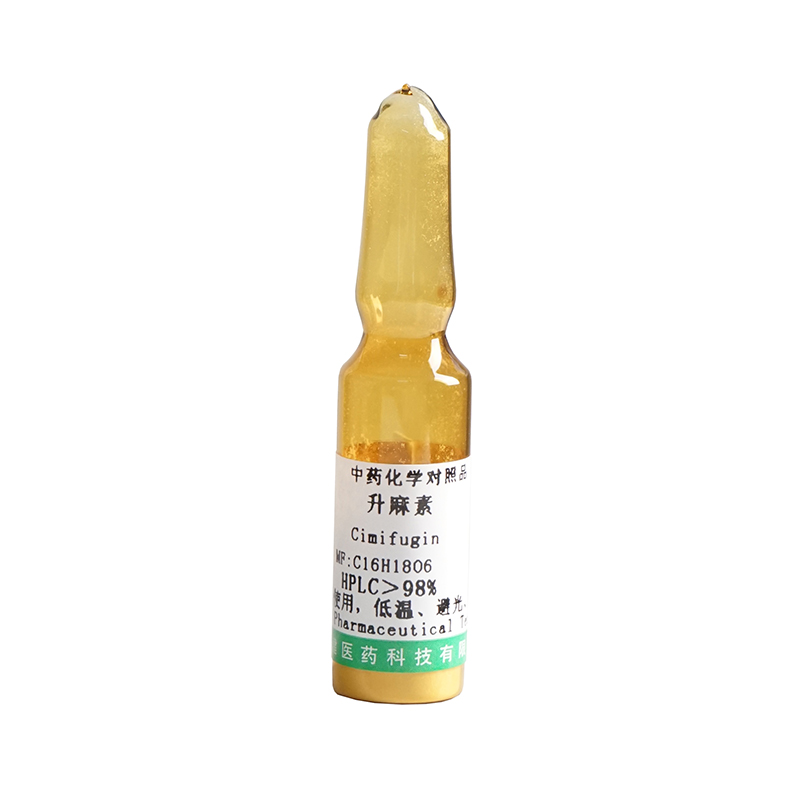
Cimifugin CAS No. 37921-38-3
Cimicifugin is a chemical substance with molecular weight of 306.31052 and molecular formula of C16H18O6
Foreign Name: Cimifugin
Molecular Formular: C16H18O6
Molecular Weight: 306.31052
-
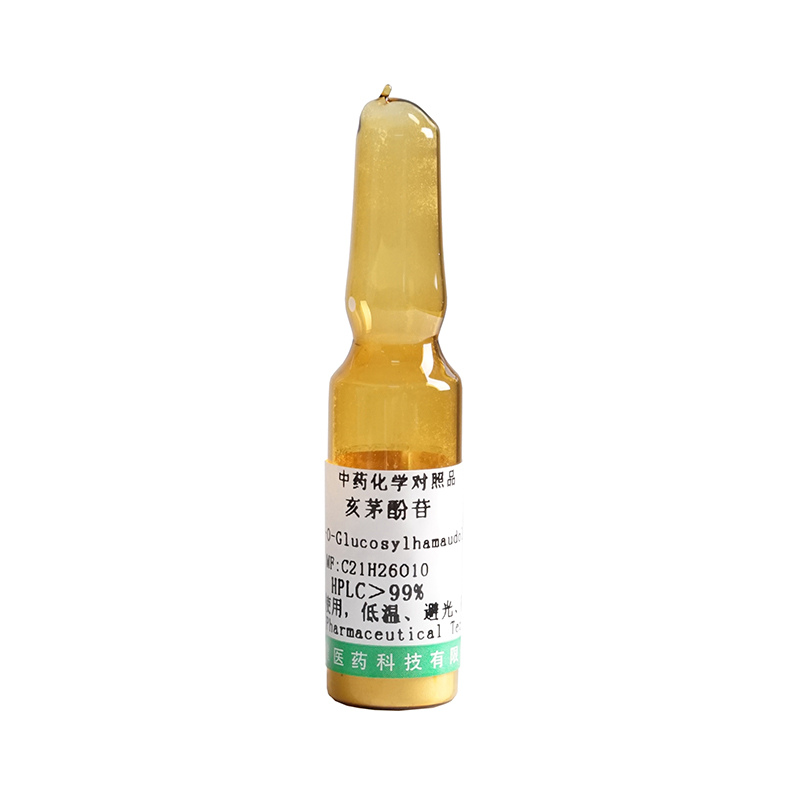
Sec-O-Glucosylhamaudol Cas No. 80681-44-3
Cas No: 80681-44-3
English Name: (3S)-5-hydroxy-2,2,8-trimethyl-3-[(1R,2R,3S,4R,5R)-2,3,4-trihydroxy-5-(hydroxymethyl)cyclohexyl]oxy-3,4-dihydropyrano[3,2-g]chromen-6-one
-
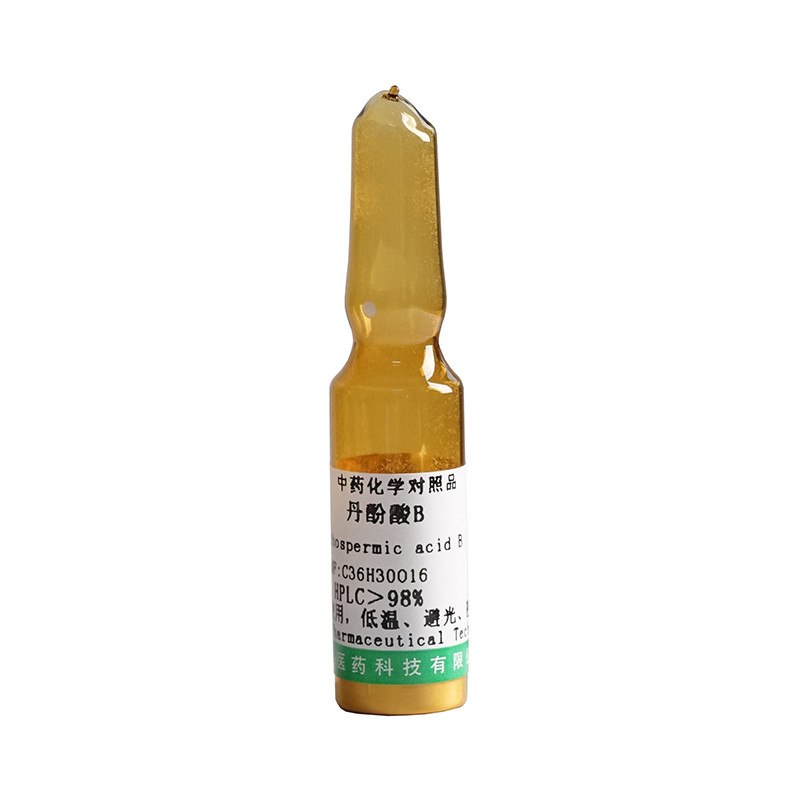
Salvianolic acid B / Lithospermic acid B Lithospermate-B CAS No.115939-25-8
Salvianolic acid B is an organic compound with molecular formula of c36h30o16 and relative molecular weight of 718.62. The product is brown yellow dry powder, and the pure product is quasi white powder or light yellow powder; The taste is slightly bitter and astringent, with moisture inducing property. Soluble in water.













